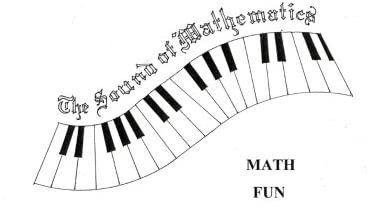Objective:
Learning Fractions
Time needed:
- 45 minutes to 1 hour
Age of Students:
- 9-10 years
Number of Students:
- 4 students
Materials needed:
- ● Musical score
● Exercises (musical operations)
● Body percussion
● Music room
● Musical instruments
Description of the tool:
STEP 1
1. ANALYZE A MUSICAL LINE WITH GESTURES AND FRACTIONS (analysis of fractions, sum of fractions, equivalent fractions).
2. COMPLETE A MUSICAL LINE (equivalent fractions, sum of fractions, complementary fractions).
3. INVENTING A MUSICAL LINE (all the-elements in play) IMAGINE – DESIGN.
4. REPRODUCE WITH GESTURES AND TOOLS (verification of feasibility and rhythmic coherence) REALIZE AND DESCRIBE.
5. CHECK WITH FRACTIONS (conscious use of fractions).
6. PROPOSE TO CLASSMATES (ability to control the various components and readability).
STEP 2
1. COLLECTIVE CONSTRUCTION OF THE SCHEME OF NOTES, PAUSES AND VALUES (we understand the division continues in half, which continues with sixteenths, thirty-seconds, etc…).
2. INDIVIDUAL OR GROUP FREE COMPOSITIONS (some put more bars, others more variable: even the simplest composition is always interesting).
3. READING AND PERFORMANCE OF CLASSMATES’ COMPOSITIONS (with voice and gestures, but also with instruments).
4. CHECKING CORRECTNESS THROUGH THE ACTIONS OF OTHERS (errors are easily discovered and corrections are suggested, which can be different and personal).
STEP 3
GAMES WITH FRACTIONS (already built)DOMINO OF NOTES AND FRACTIONS
GRADUATED FOR MORE LEVELS
It is a game to familiarize yourself with musical notation and fractional values and with equivalent fractions 2/8 1/4 etc…
Dowels could contain notes, pauses or fractions.
It works like a usual domino: depending on the level, variables (note and pause values) and the possibility of linking equivalent values increase.
MUSIC CARDS
It is a game to familiarize yourself with the equivalent fractions and the sum of fractions.
It works like a broom: pauses count as notes, cards are 52.
MUSICAL DICE
The six sides contain notes and/or fractions of 2/4 1/4 1/8 1/16
● a) roll the dice and complete a grid (divided into 8avi or 16th, or more) according to the value of the note: the winner is the one who completes the grid first. If the values exceed it is passed.
● b) roll the dice and move along a path (in 16th or more) like GOOSE GAME: the winner is the one who arrives first at the bottom. If the values exceed you go backwards as in the
game of goose.
The goose doubles the value of the note obtained; the other figures signify an action.
● c) throw the die and complete 4 or more MUSICAL BARS of 4/4 or 3/4 or 2/4: the winner is the one who completes the piece first (in this case the player chooses where to insert the
note or pause in a more convenient way).
If the values exceed it is passed.
● Depending on the level you can play with one dice or with two dice whose values must be added. (in one side of the die, as well as on a figure of the game of goose, there is a DOT to
put in front of the note obtained, which, as required by musical notation, increases the note by half of its value).
CONCLUSIONS
● Students learn meanings by giving meaning to actions;
● They verify learning through the learning of others;
● They reinforce motivation by introducing more variables (more values of notes and pauses, more beats) and more options in actions (use of different instruments, reading different
rhythms in synchrony, etc…)

